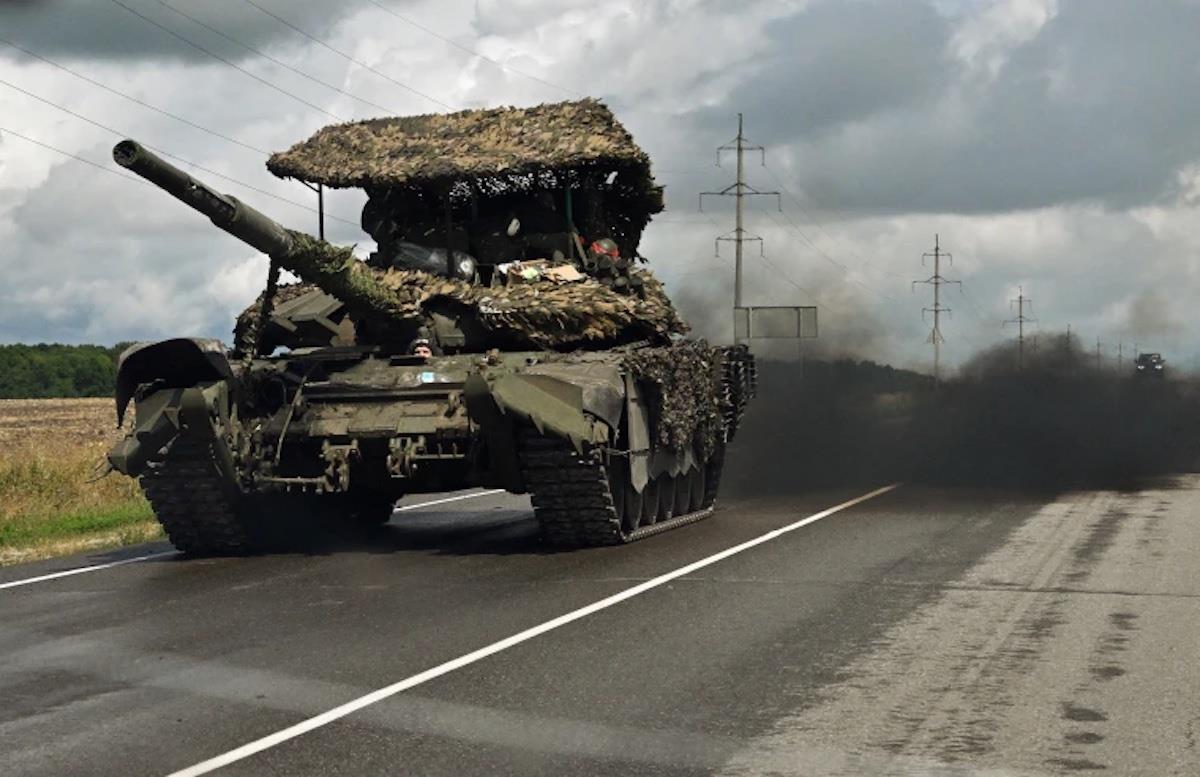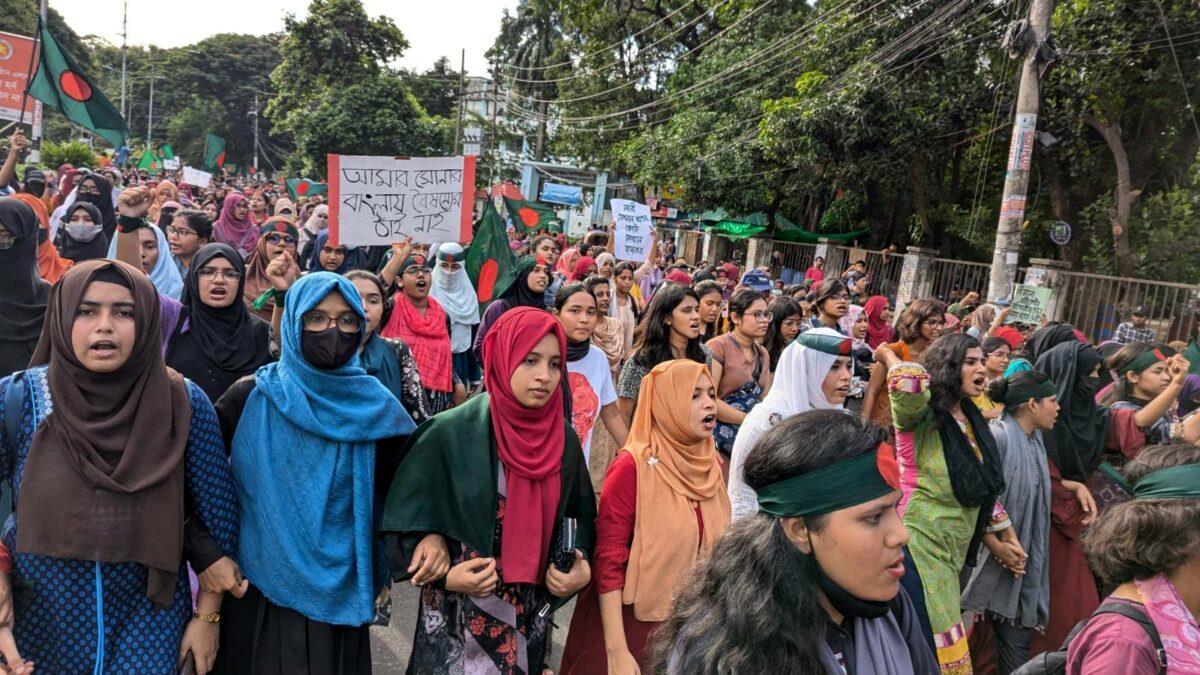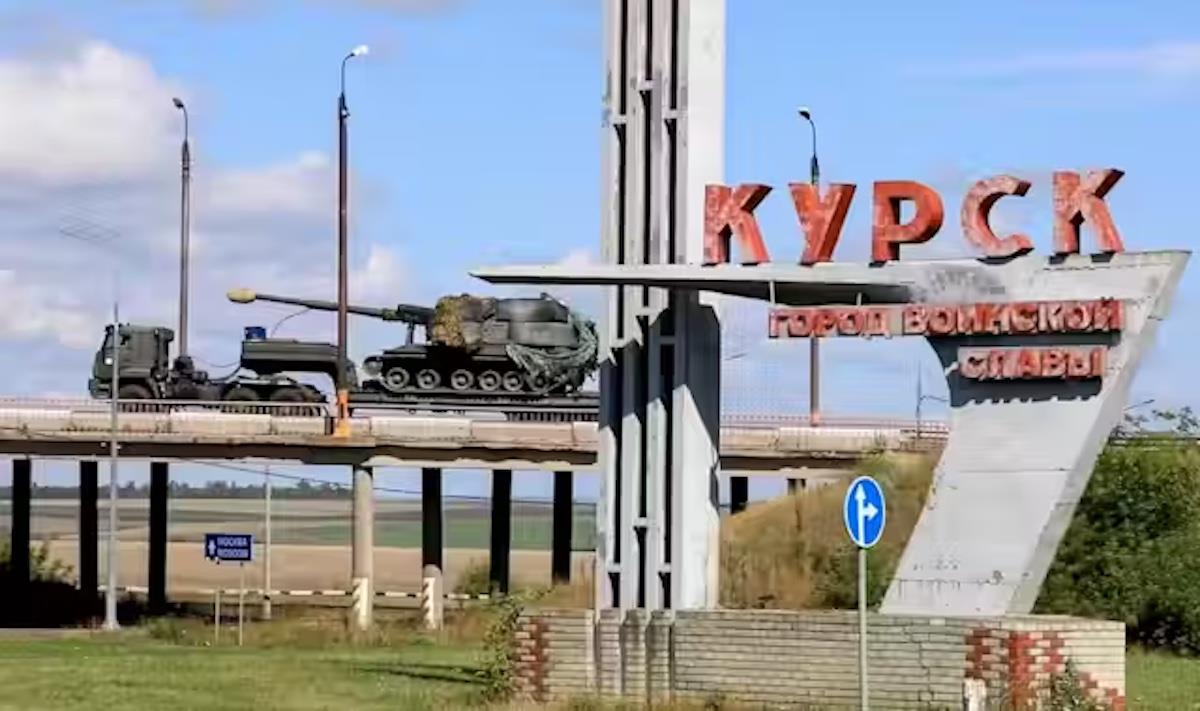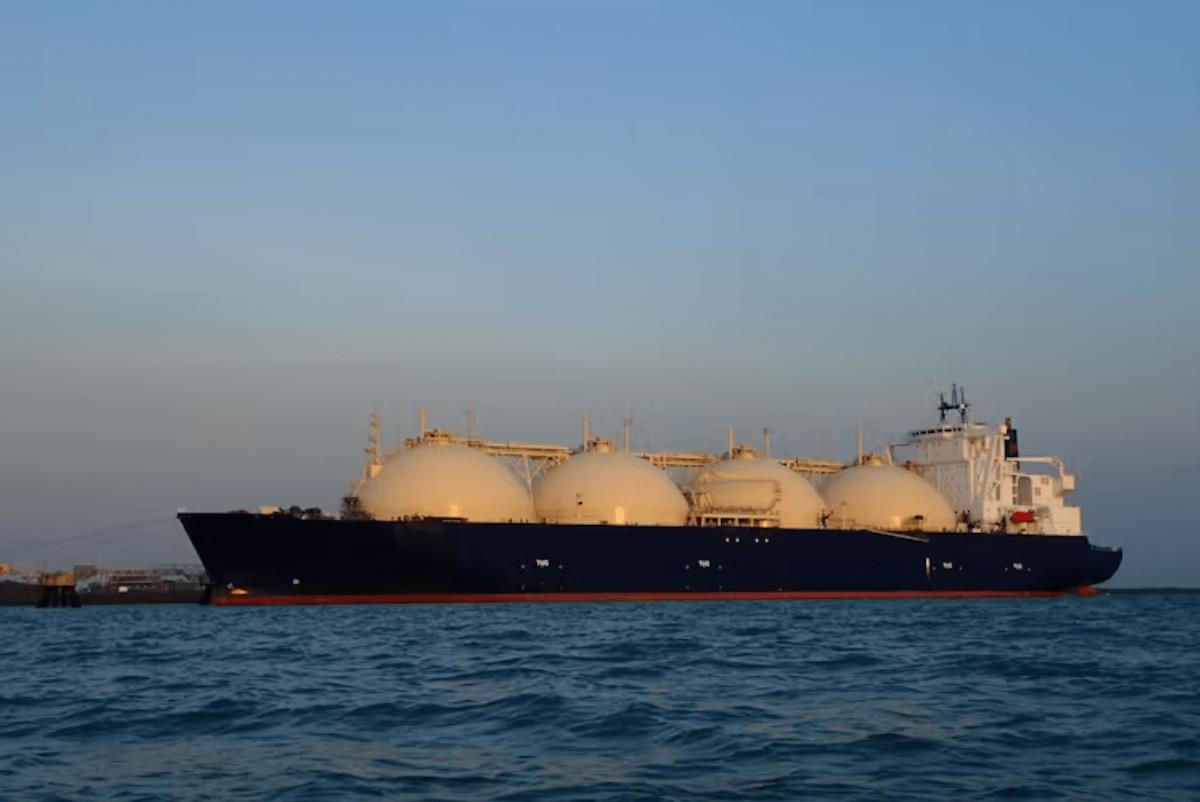
Kursk Incursion Wrecks Moscow's War Narrative
The attack caught the Russian armed forces by surprise, and they have struggled to eject the Ukrainians from Russian territory. Meanwhile, over 120,000 Russian civilians fled the conflict zone .
The development not only challenges Russia's military, but it also challenges the Kremlin's narrative that everything is going according to plan, that victory is within Russia's grasp and that President Vladimir Putin is able to protect the Russian people from foreign threats.
The Russia-Ukraine war has devolved into a brutal and dispiriting war of attrition . Each side is struggling to come up with the money, arms and men needed to maintain operations along a 600-mile front.
With fighting seemingly at a stalemate , the outcome of the war may well depend on the willingness of the public in Russia and Ukraine to bear the economic costs and human sacrifices needed to keep the war going. Ukraine's invasion of Kursk may shock the Russian leaders – and public – out of their complacency and disrupt the status quo.
An overconfident KremlinRussian government propaganda throughout the war has been strangely ambivalent. On the one hand, state propagandists claim that Russia is engaged in an existential struggle with the West . In this heightened state of war-footing, military spending has more than doubled to over 8% of gross domestic product , and military training has been introduced in all schools .
At the same time, most Russians are being told that life can go on as normal. Moscow refuses to call its invasion a war, claiming instead to be conducting a“special military operation .” Russians calling it a war risk being jailed for spreading false information.
Similarly, there has been no general mobilization of all draft-age young men – unlike in Ukraine. A partial mobilization to recruit 300,000 in September 2022 caused some public unrest .
Instead the army is relying on generous pay of around US$2,000 a month and bonuses up to $20,000 to attract recruits from poor regions.
Gauging public opinionSo, what is the Russian public's attitude toward the war?

Legal Disclaimer:
MENAFN provides the
information “as is” without warranty of any kind. We do not accept
any responsibility or liability for the accuracy, content, images,
videos, licenses, completeness, legality, or reliability of the information
contained in this article. If you have any complaints or copyright
issues related to this article, kindly contact the provider above.






















Comments
No comment